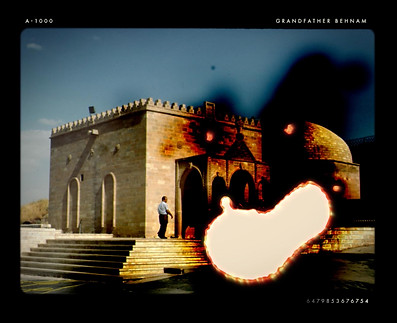ACADEMIC WORK
Essays, Articles, and Others

A theoretical essay on how cinema appeals to senses it can not technically represent, such as smell and touch. Are there strategies to visually represent “recollection images” while still resisting dominant regimes of knowledge production? If cinematic archaeology is a matter of destroying unitary myths from the inside, then can digital animation play a role in deterritorializing the image?

A multimedia essay on how Riz Ahmed, as a representation of hyphenated, diasporic identity on screen, exposes the contradictions in “clash of civilizations” narratives of ethnicity, religion, and national identity.



A web installation exploring performances of celebrity masculinity in global politics through the figures of Donald Trump, Vladimir Putin, and Justin Trudeau.
What makes for a mournable heritage? What distinguishes its monumental edifices as those whose destruction should be as compared to others which pass from history unnoticed? This podcast probes the relationship between collective memory and cultural heritage.

Contemporary political spaces and pop culture are rife with discussions regarding the ever broadening spectrums of sexual identity and orientation. As societal recognition of this array of identities expands, it is instinctive to form conceptual frameworks around labels such as pansexual or demisexual. Asexual is one such label which has met with misrepresentations — perpetuated in medicine, the law, and popular media — due to both the lack of a strict definition and a pervasive “sexual assumption.” This paper explores the importance of building a strong community and support network for asexual individuals, increasing psychiatric research on the orientation to dispel pathologization, and bolstering visibility for the so-called “invisible orientation” by reframing popular representations of asexuality.
First place, Social Justice category, 2016 Levan Ethics Essay Contest.
Published in The Social Justice Review - Vol. 3 No.1, Spring 2016

Excerpt: At 8 p.m. on Sunday, November 20th, 1983, just over half of the adult population of the United States collectively tuned into ABC television to witness Armageddon. Nearly 100 million people forewent Thanksgiving preparations to confront a harrowing, two-hour dramatization of the ultimate — and seemingly inevitable — denouement of the atomic age: nuclear holocaust in silo-rich American heartland. [...]
Published in online academic journal SCribe, April 23, 2017
